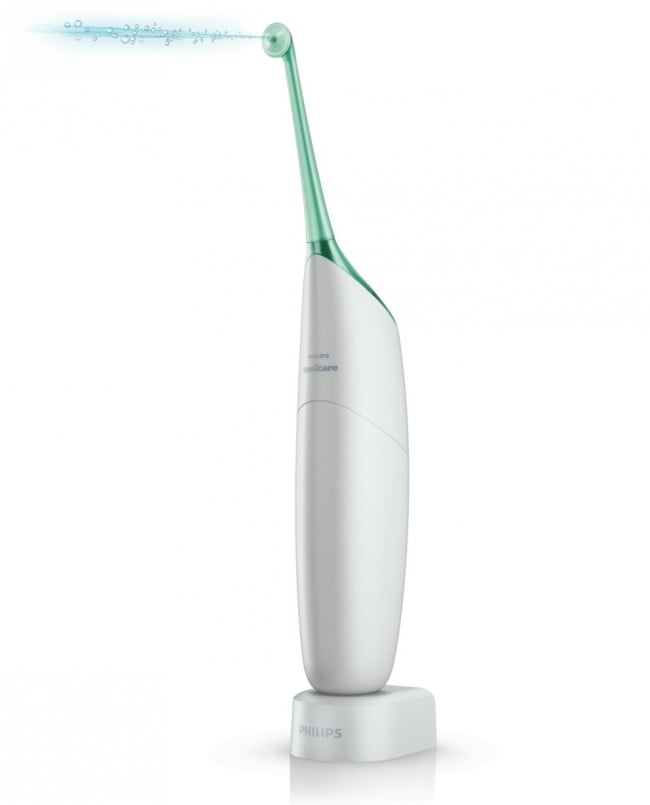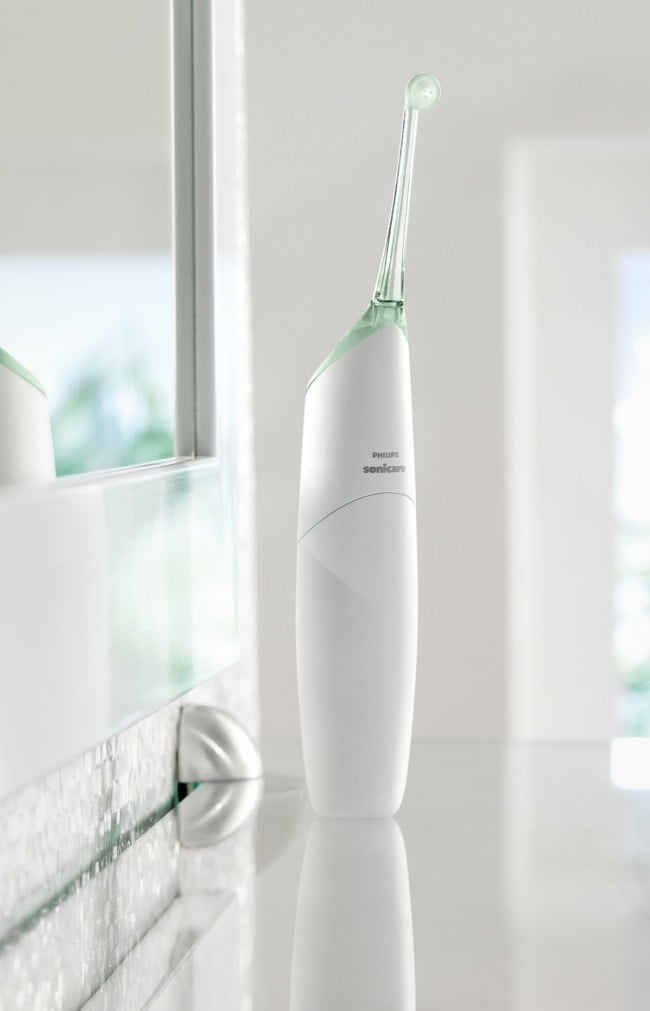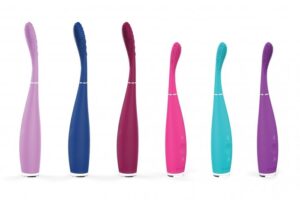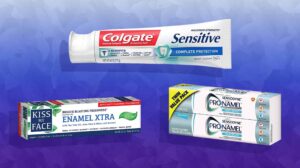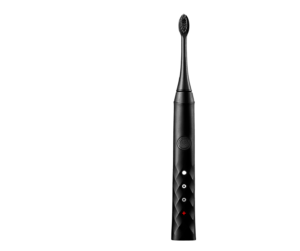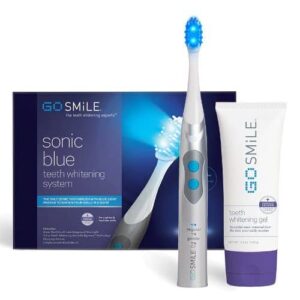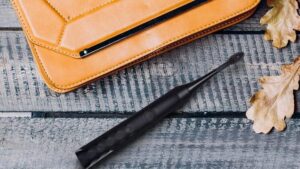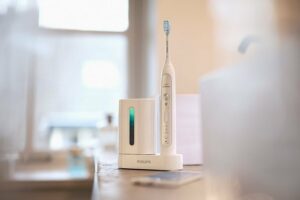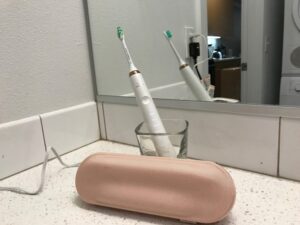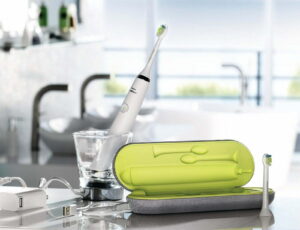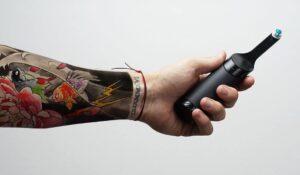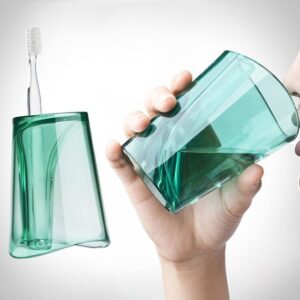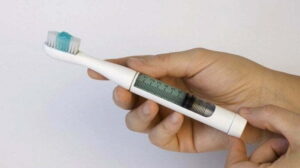Brushing your teeth is a key component of not only a healthy mouth, but is at the very root of good hygiene. Much in the same way you might judge someone by their shoes or pants, teeth say a ton about someone. I reviewed the Philips Sonicare Diamond Clean toothbrush and was impressed with its wide array of options, battery, and all together performance. So with that review completed, Sonicare thought it fitting to send me their Airfloss, an electric toothbrush shaped like contraption that fires water and air in between your teeth. It is important to floss before using the best electric toothbrush.
Flossing should be as easy as shaving with the best electric shaver. The Airfloss is designed to replace manual flossing and promises to do so in about 60 seconds. That may not sound like much time, but 60 seconds in teeth brushing, let alone 2-minutes, which is the prescribed time, is like 10 minutes on the treadmill. Fortunately, the Airfloss can work in about 30-seconds with a steady and speedy hand.
But first things are first. The Airfloss has a small water reservoir that can be easily filled up by flipping its lid and placing it under the tap. On average I got about 2 uses before having to fill it up, though depending on your accuracy that might be less. That said, with the Airfloss charged up (no, it doesn’t use the same inductive charging base as the Diamond Clean, but an older version), and powered on, you simply need to hit a trigger located just at the bottom of the stem (the piece that connects the body to the head) to emit a burst of air and water. On occasion the system could misfire, which is to say no water will be delivered and you’ll need to go again. Also, if you don’t have the nozzle, or head, positioned just between the teeth, at the base of the gum, you’ll also need to reapply the process. Otherwise the Airfloss won’t be serving its intended purpose. Do you want to try out an electric toothbrush that offers 3D cleaning action? Get to our Oral b pro 1000 review.
To test, I spent a few weeks rotating between regular floss and the Airfloss. I found both processes about equally as painful, so to speak, and consuming about the same amount of time. Overtime my efficiency grew with the Airfloss, and since I have a permanent retainer, which requires threading string floss, eventually the Airfloss was the faster option. However, the Airfloss isn’t practical while laying in bed, or really beyond the confines of the bathroom since you’ll need to periodically spit out the water that is emitted from it. Moreover, if the head of the Airfloss is blocked by say a tooth, the water will backfire and possibly escape your mouth. Small caveats, but worth noting if you’ve got a tendency to floss in front of the TV like me – killing two birds with one stone.
Next, for my true test, I didn’t floss for 3-4 days. I believe this is a true to life test, as I’m great about flossing during the week, but things go off the proverbial rails during the weekend. So with that at hand, I flossed with the Airfloss and then immediately followed with the string floss. What I found was unfortunate and surprising. The Airfloss did little to remove the food build up that had collected between my teeth, as evidenced by the build up on the traditional floss, as well as bleeding gums.
So there you have it. The Airfloss looks great on paper, appears to be faster than traditional floss, and while it might very well be more capable at removing “interproximal plaque biofilm” than string floss, it just can’t negate food build up that can otherwise cause gum inflammation Now, that isn’t to say the Airfloss isn’t a worthy addition to your nightly routine. You just can’t remove, or in this case replace traditional floss entirely. If you prefer Phillips products, also read the Sonicare diamondclean toothbrush review that details their highest model of e-toothbrush.
